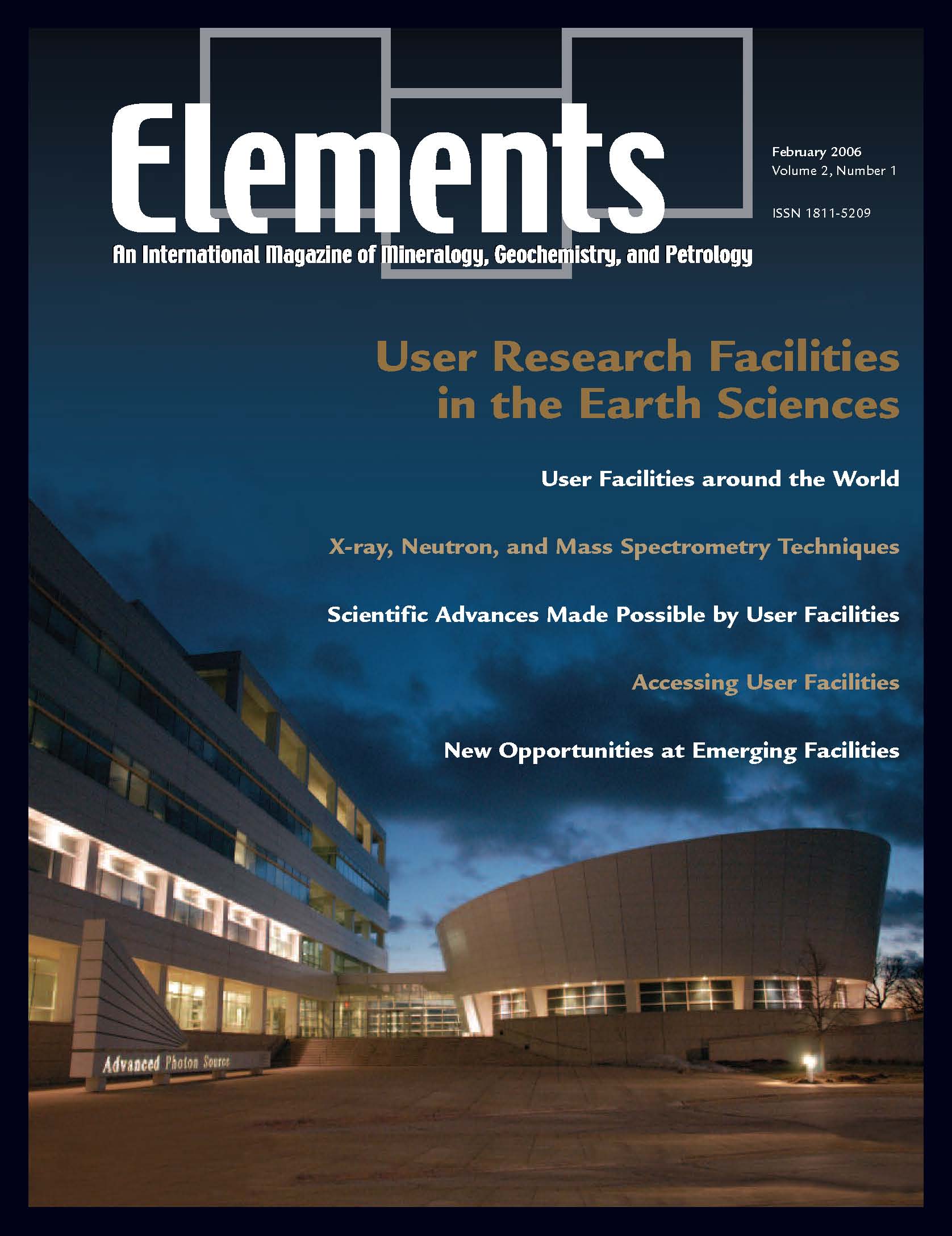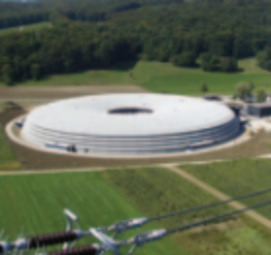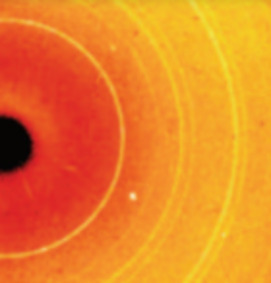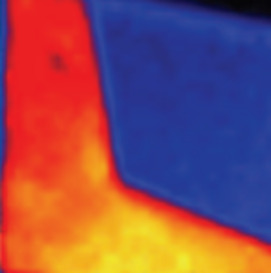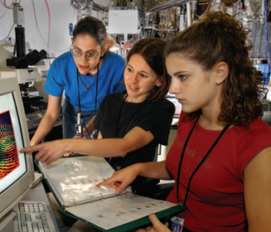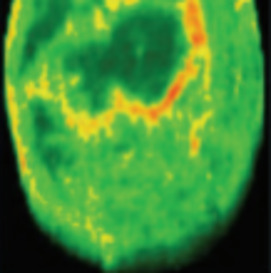
User Research Facilities in the Earth Sciences
Stephen R. Sutton – Guest Editors
Table of Contents
Earth scientists rely on effective access to user research facilities that provide state-of-the-art analytical instrumentation. This thematic issue will focus on some of these facilities and how to use them. Aspects covered include scientific impact, types of facilities and analytical techniques currently available, procedures for gaining access to perform experiments, factors that enable effective usage, and future prospects, particularly in terms of how Earth scientists can best take advantage of new research facilities currently under design and construction.
- User Research Facilities in the Earth Sciences
- User Facilities around the World
- Synchrotron Radiation, Neutron, and Mass Spectrometry Techniques at User Facilities
- Scientific Advances Made Possible by User Facilities
- Accessing User Facilities and Making Your Research Experience Successful
- New Opportunities at Emerging Facilities
Bayerisches Geoinstitut
Canadian Light Source
CrystalMaker
Excalibur Mineral Corporation
Hudson Institute of Mineralogy
Meiji Techno America
National Science Foundation
PANalytical
Rigaku
RockWare
v2n2 Arsenic
Guest editor: David J. Vaughan,
Arsenic is an element known throughout history as a classic poison. Currently, very small but highly significant concentrations of this ele- ment in drinking water supplies are causing massive health problems to many millions of people in some of the world’s poorest nations, and more localised sources related to mining and processing are also a con- cern. This issue of Elements will present background information on arsenic chemistry, occurrence in the Earth, production and uses, and its toxic properties.
- Arsenic David J. Vaughan (University of Manchester)
- Chemistry and Mineralogy of Arsenic Peggy A. O’Day (University of California, Merced)
- Microbial Transformations of Arsenic in the Environment: From Soda Lakes to Aquifers Jonathan R. Lloyd (Stanford University) and Ronald S. Oremland
- Arsenic in Shallow, Reducing Groundwaters in Southern Asia: An Environmental Health Disaster – Laurent Charlet (Université de Grenoble) and David A. Polya (University of Manchester)
- Arsenic in Soils, Mine Tailings, and Former Industrial Sites Guillaume Morin (Université Paris 6 et 7) and Georges Calas (Université de Paris 6 et 7)
- Arsenic in Drinking Water: Impact on Human Health Claudia Hopenhayn (University of Kentucky)
- User Research Facilities in the Earth Sciences (February 2006 )
- Arsenic (April 2006)
- Water on Mars (June 2006)
- Early Earth (August 2006)
- Glasses and Melts: Linking Geochemistry and Materials Science (October 2006 )
- The Nuclear Fuel Cycle: Environmental Aspects (December 2006)


